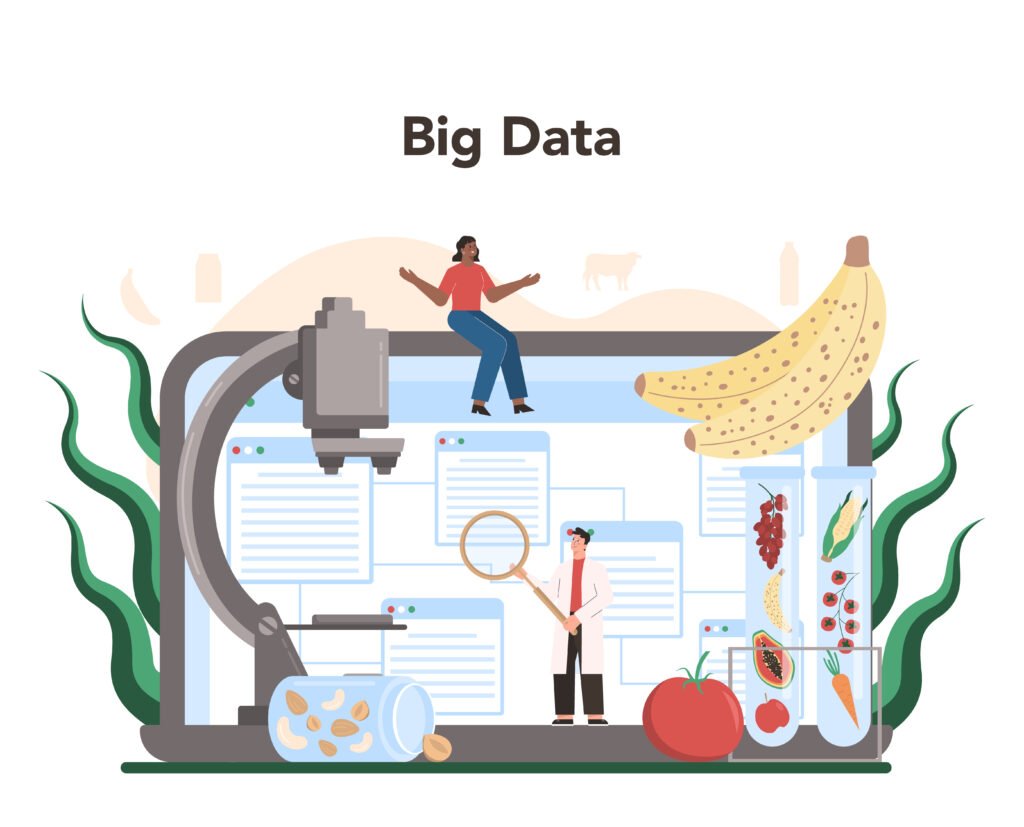Granular recovery technology or GRT, is a cutting edge waste management strategy that effectively recovers valuable resources from waste materials. Granular recovery technology reduces environmental impact and promotes a circular economy by converting garbage into reusable materials through the use of cutting edge techniques and technology. Innovative solutions are essential for sustainable development in light of the rising environmental concerns and waste generation. If you want to more about Granular recovery technology(GRT), must read this article from top to bottom.
What is Granular Recovery Technology(GRT)?
Without having to restore the full backup, granular recovery technology enables the selective recovery of individual files, emails, databases, or particular segments of a data collection. Compared to typical full system backup and recovery procedures, which frequently call for the restoration of complete systems or sizable amounts of data, even when only a tiny piece is required, this precision in data recovery stands in stark contrast.
How Granular Recovery Differs from Traditional Methods
Traditional Full System Backup and Recovery
Conventional backup techniques entail periodically making full copies of all the data on a system. These techniques can be resource and time intensive, even though they are effective in guaranteeing data preservation. Restoring from a full system backup entails taking the complete system or database back to its former configuration in the event of data loss, which may result in considerable downtime and maybe redundant data.
Granular Recovery Technology
Conversely, granular recovery emphasizes accuracy. It enables IT professionals to identify and restore just what they need, as opposed to restoring everything. This could be a single compromised email, a particular document, or a group of records from a database. Granular recovery minimizes downtime and ordinary operations disruption by focusing on the necessary data.
Types of Data Targeted by Granular Recovery Technology

Granular recovery technique is adaptable and works with a wide range of data kinds. Here are Types of GRT:
- Emails: Retrieve individual emails or entire mailboxes without having to restart the email server as a whole.
- Files and Folders: Access specific files or folders from massive data sets without having to restore the entire drive.
- Databases: Retrieve particular entries, tables, or rows from a database.
- Virtual Machines (VMs): Restore specific files from a VM without restoring the entire VM.
Benefits of Using Granular Recovery Technology
Reduced Downtime
Granular recovery technique significantly reduces the time needed to restore important data by enabling selective data recovery. This minimizes the impact on corporate operations and revenue loss by enabling systems to come up and run more quickly.
Efficient Use of Storage Space
Because traditional recovery methods entail maintaining several full-system backups, they frequently necessitate a significant amount of storage space. However, granular recovery technology concentrates on retrieving individual data points, which is what matters most. Storage expenses can be significantly reduced with this focused strategy.
Improved Data Management
IT specialists can better manage data with granular recovery. Rather than tackling massive, laborious backups, they may concentrate on vital data sets that hold the greatest significance for the company. This facilitates data integrity maintenance and simplifies IT operations.
Considerations for Implementing Granular Recovery Technology
Compatibility
Make sure the granular recovery option you select works with the IT setup you currently have. Operating systems, databases, email servers, and virtualization platforms fall under this category.
Scalability
Think about how scalable the granular recovery solution is. The data requirements of your company will expand over time, therefore having a scalable solution is critical.
User Training
For IT workers, proper training is essential. Although powerful, granular recovery technology must be employed with a thorough understanding of its functions.
Security
There should never be a compromise on data security. Make that the granular recovery solution complies with cybersecurity best practices, such as encryption and safe access restrictions.
Case Studies and Examples
Case Study 1: Recovering Emails
A virus attack corrupted the email system of a medium-sized legal practice. The IT team employed granular recovery technology to identify and retrieve the affected emails instead than restoring the full email server, which can take several hours and interfere with the business’s operations. This strategy reduced downtime and made it possible for the business to carry on with little interference.
Database Recovery in Case Study No. 2
An E-commerce business encountered a situation wherein they unintentionally erased a crucial segment of their consumer information. Granular recovery technology was used by the IT team to recover only the lost entries, as opposed to restoring the full database, which would have overwritten more recent transactions and modifications. No current data was lost thanks to this exact recovery.
Conclusion
For data recovery specialists, system administrators, and IT specialists, Granular Recovery Technology(GRT) is a major breakthrough in data recovery techniques. It optimizes storage use, lowers downtime, and improves overall data management by providing a more accurate and effective recovery mechanism.
It’s time to move on if you’re prepared to investigate how granular recovery technology can transform your data recovery procedures. Putting this technology into practice could be crucial to maintaining business continuity and protecting your company’s important data.
